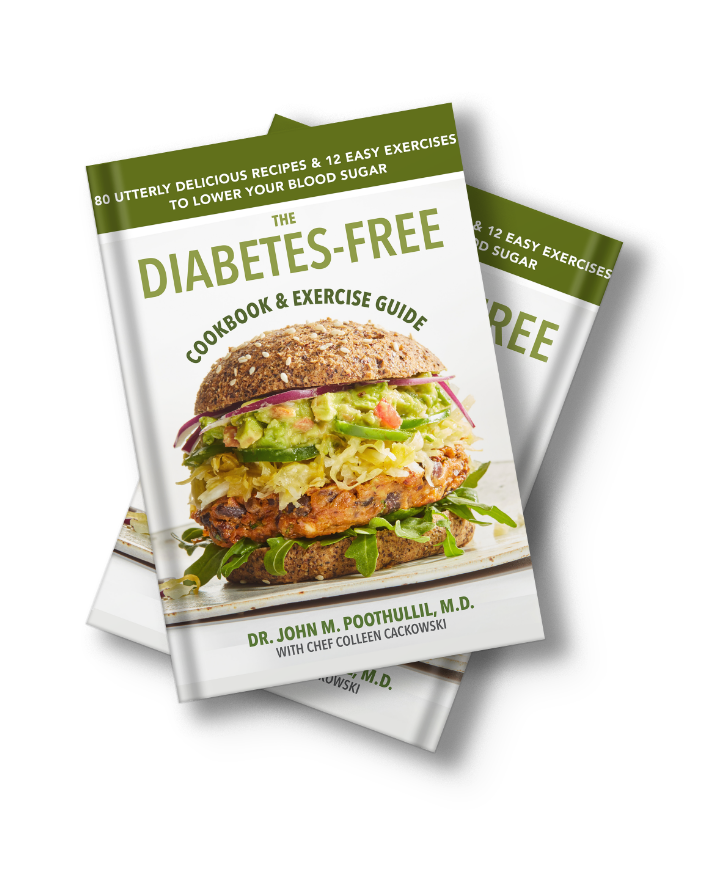This article was originally posted in the US Daily Post.
You can do a lot to ensure you are promoting good bacteria in your body. One way to foster the growth or activity of beneficial bacteria is by eating prebiotics which are compounds nondigestible in the small intestine and feed the colon bacteria. The intake of prebiotics starts with about 200 types of milk sugars called oligosaccharides derived from lactose that promote the development of bifidobacteria in the baby’s intestine. After lactose and fat, oligosaccharides are the third most abundant solid in human milk.
Promoting good bacteria is also accomplished when you eat fresh vegetables and consume foods that contain “resistant starches.” Resistant starch occurs naturally in chicory, garlic, leeks, seeds, and legumes such as beans and lentils. Resistant starch may also be added as part of dried raw foods or used as an additive in manufactured foods. The benefit of resistant starch is that it is not digested in the small intestine, so it provides nourishment for the good bacteria in the large intestine that help them thrive.
Some people find it uncomfortable to eat the foods cited above, as they cause bloating and flatulence. The reason for this is that these foods contain inulins, which are oligosaccharides made from the molecules of fructose (sugar) commonly present in those foods. Inulins are indigestible by the human enzymes that normally digest starch, and so the gut bacteria metabolize them, releasing carbon dioxide, hydrogen, and methane. This is what causes the adverse gastrointestinal effects.
You can mediate the effects of these foods by taking medications containing simethicone that promote the coalescence of smaller bubbles into larger ones that are more easily passed from the body. In addition, digestive enzyme supplements may significantly reduce the amount of flatulence caused by components of foods not digested by the body which promote the action of microbes in the small and large intestines.
Intestinal bacteria produce nutrients needed for the maintenance of the intestinal wall lining. Without a healthy intestinal wall, you may not absorb needed nutrients, incompletely digested proteins may enter the body inducing an immune response and there is the potential for leakage of absorbed nutrients from the body to the outside.

Don’t let Type 2 diabetes or pre-diabetes control your life – start a delicious new journey to a healthier, happier you today!

Discover how you can live a diabetes-free life with Dr. John’s groundbreaking cookbook and exercise guide. With over 80 appetizing low-carb recipes created by Chef Colleen Cackowski, you’ll never miss the high-carb, high-sugar foods of your past.
Every recipe nourishes your body and keeps your blood sugar levels in check so you can enjoy tasty, satisfying meals. Dr. John also offers 12 easy-to-do exercises to boost your flexibility and balance and keep you healthy as you age.
What people are saying…
Filled with tons of easy-to-make meals and encourages enjoyable meal planning for moms like me. I highly recommend this book to diabetics and families trying to live and eat healthily. —Maria Chalissery, M.Sc., Diet Technician
If you are looking for ways to improve your health and add more zing to your meals, these recipes are exactly what you need. —Jyoti Veeramoney, Chef, Certified Yoga Instructor
These exercises are great because they focus on dynamic movement that improves joint range of motion and flexibility. They require no equipment, build core strength and stabilization, and incorporate movements that can correct posture, which can decrease the risk of falling. —Sophia LaValle, NASM Certified Personal Trainer


